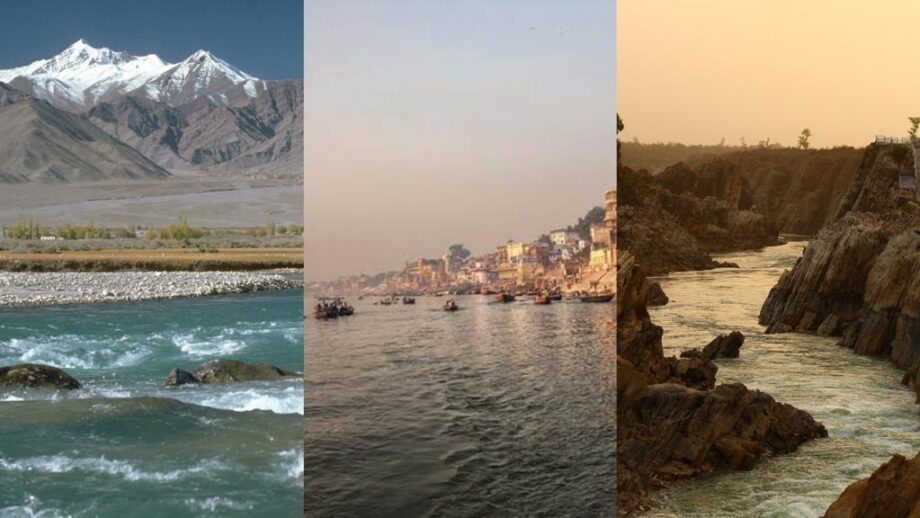India is known as the “Land of Rivers” because of its extensive network of Himalayan and Peninsular rivers. In India, many ancient civilizations developed along the banks of rivers. Hindus in the nation see them as sacrosanct, and they have been worshipped as gods and goddesses. A large number of people in India rely on the rivers for irrigation, transportation, energy, and livelihood.
1. Ganga
The Ganges River is one of India’s longest rivers, as well as the country’s most dangerous. The Gangotri River, which originates in the Himalayan Gangotri Glacier, is home to 140 different fish species and 90 different amphibian species, many of which are endangered today. Freshwater dolphins and Ganges sharks live in India’s National River. Varanasi, Allahabad, Haridwar, Kanpur, and Patna are some of the major cities along the Ganges’ banks. The Ganges River begins in Uttarakhand’s western Himalayan area and travels through India’s Gangetic plains before entering Bangladesh and finishing in the Bay of Bengal.
2. Brahmaputra
The Brahmaputra River, which flows through India’s states of Assam and Arunachal Pradesh, crosses international borders to pass into Bangladesh and China. The Brahmaputra River is known for being India’s greatest river in terms of water flow. Various names have been given to this river. Guwahati and Dibrugarh are the two biggest cities on the Brahmaputra River’s banks.
3. Indus
The Indus river, which gave birth to the ancient Indus valley civilization, is of enormous historical significance. This magnificent river gave the country of India its name. It is regarded as one of India’s seven sacred rivers. The Indus River, which originates in Tibet, is one of Asia’s longest rivers. Kabul (river), Jhelum, Chenab, Ravi, Beas, and Sutlej rivers are some of the primary tributaries of the Indus river.
4. Godavari
The Godavari is southern India’s longest river. It is also known as the ‘Dakshina Ganga,’ which means “Southern Ganges.” It originates in Maharashtra’s Nashik district, near Trimbakeshwar, in the Western Ghats. This river is one of India’s most revered rivers, and it is mentioned in various Hindu scriptures. The Godavari delta contains the country’s second-largest mangrove formation, the Coringa mangrove forests. This River is rich in several mineral reserves.
5. Narmada
The Narmada, which rises near the Amarkantak range of mountains in Madhya Pradesh, is Peninsular India’s largest west-flowing river. The river flows through the states of Madhya Pradesh, Maharashtra, and Gujarat before merging with the Arabian Sea. The Narmada river is one of India’s seven holy rivers, and it is mentioned in Hinduism’s ancient scriptures.
These great Indian rivers are treasured not only as water basins but also for their cultural and religious significance to the people of India.

